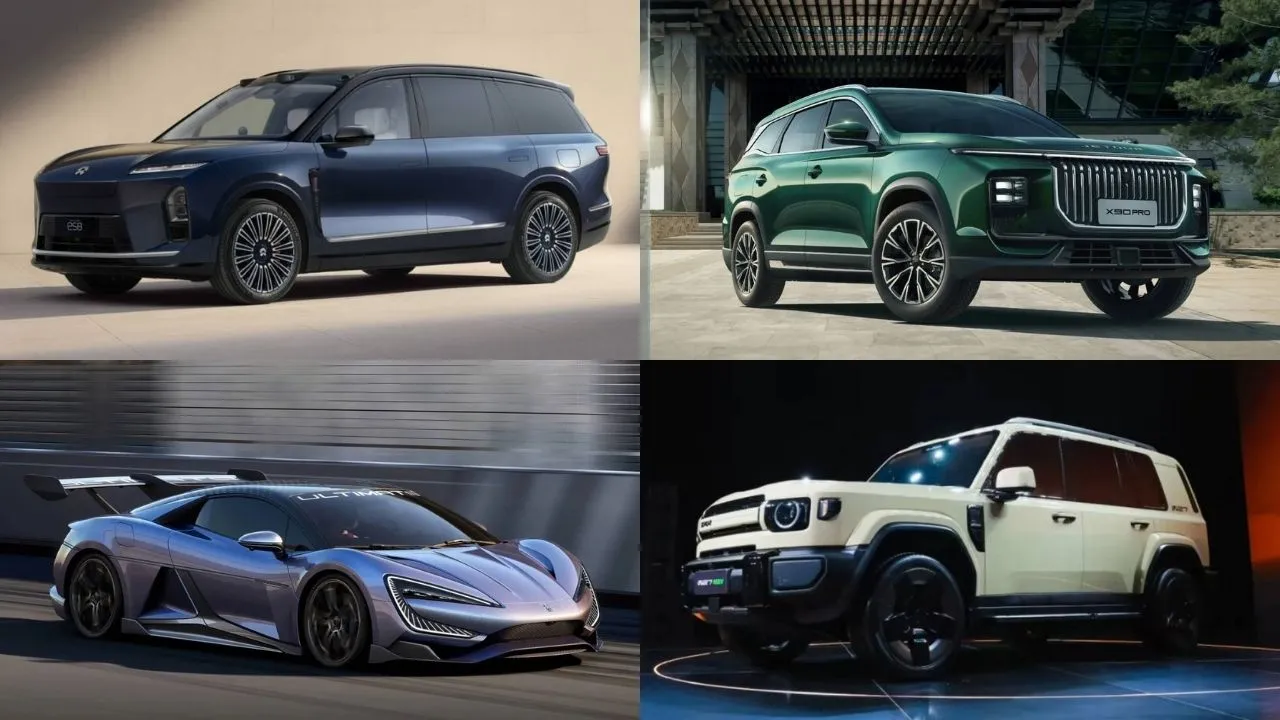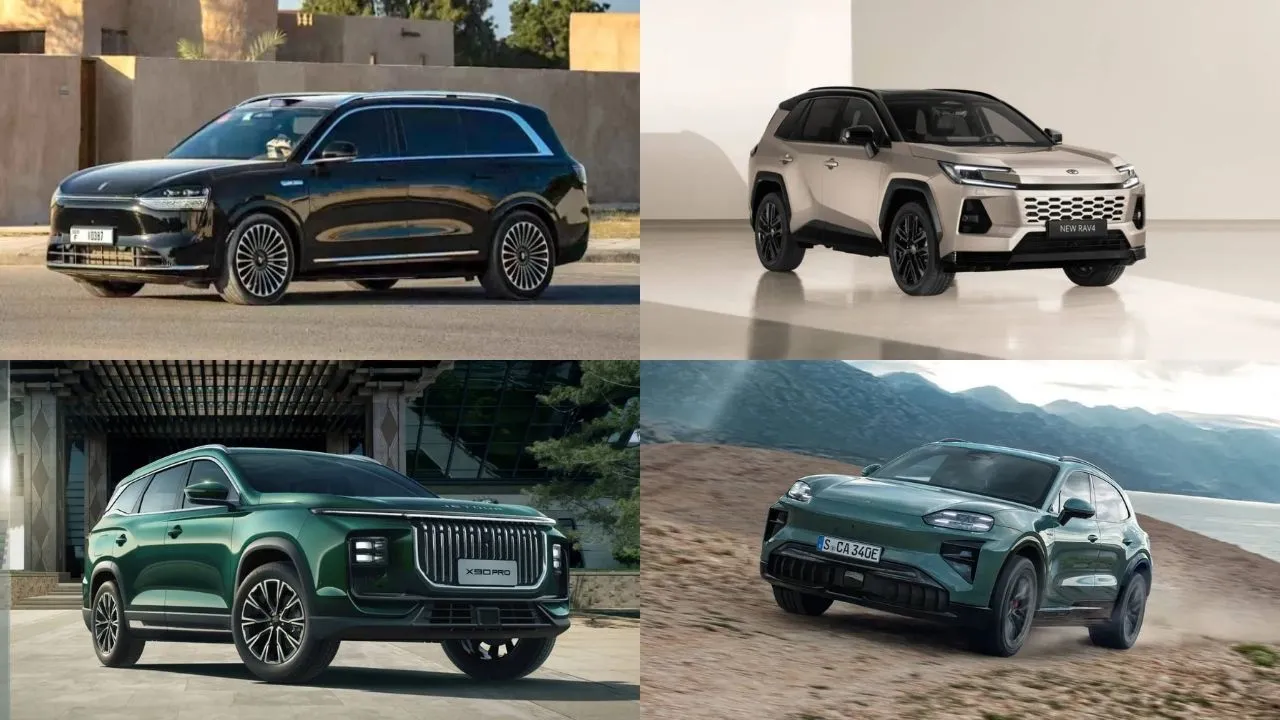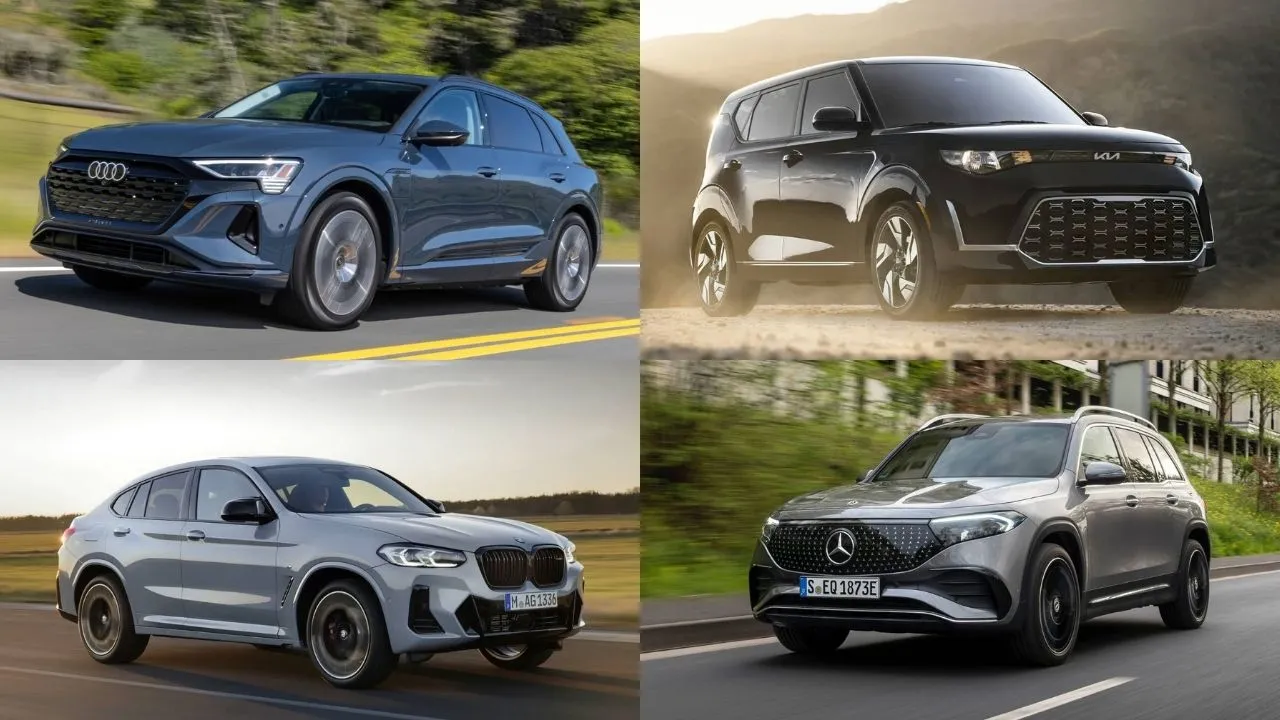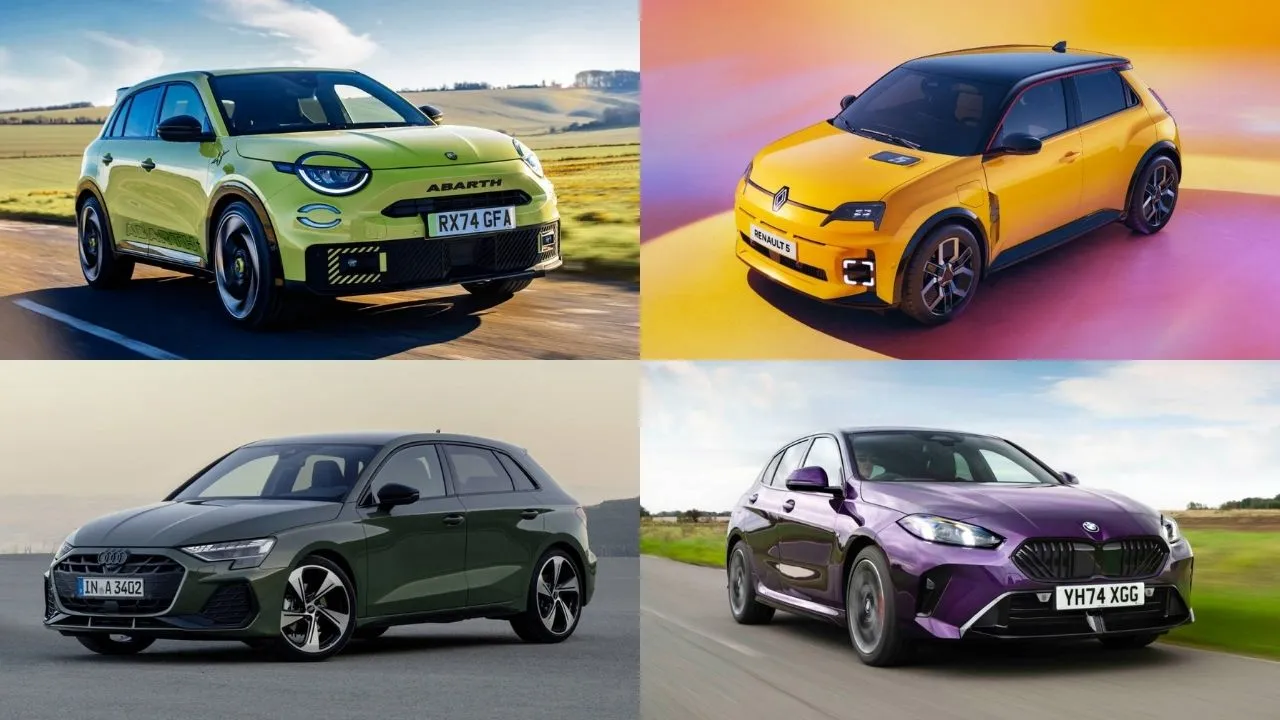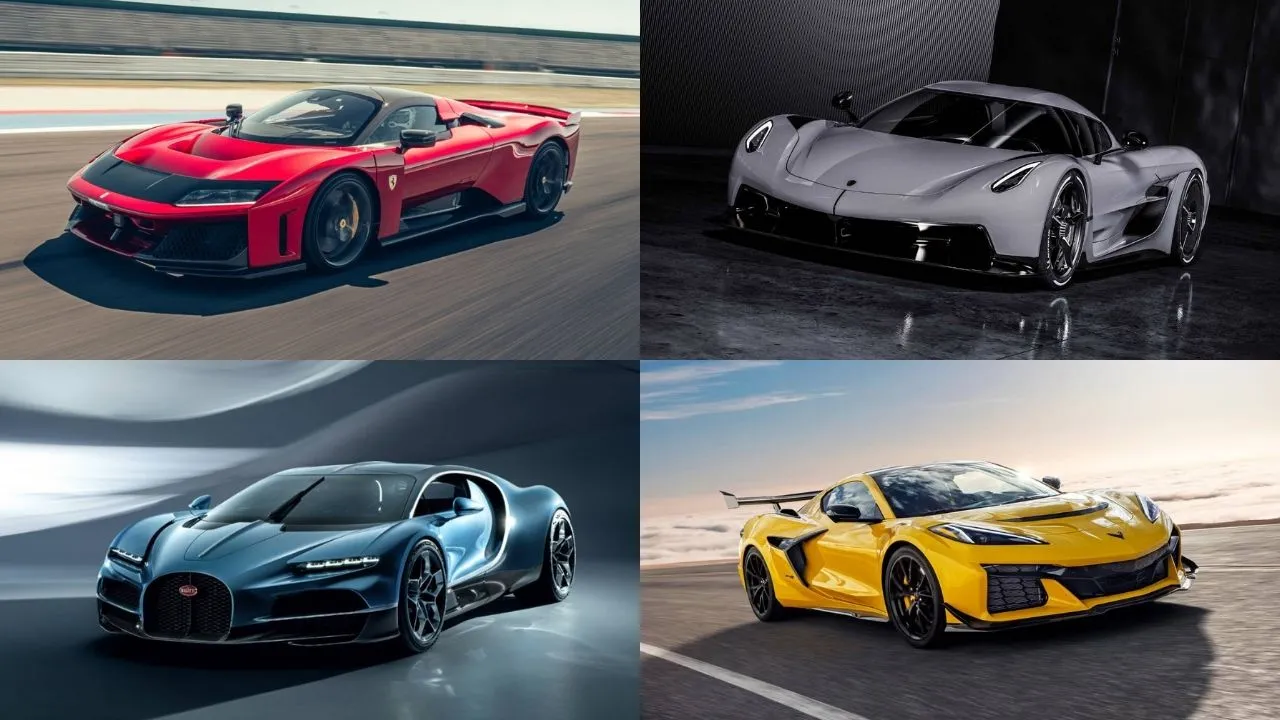Toyota Hiace History: Six Generations Of The Versatile MPV — Cargo Van, Passenger Transport, Ambulance & More

The Toyota Hiace is an iconic name in the world of vans and MPVs, renowned for its versatility, reliability, and durability. With over 7.5 million units produced, the Hiace is a popular option in the MPV segment. Over the years, it has served multiple roles, available in several configurations including minivan/MPV, minibus, crew van, pickup truck, taxi, and even an ambulance.
Since its inception in 1967, the Hiace has evolved through several generations. The Toyota Granvia premium MPV is also based on the Toyota Hiace. This article delves into the history and evolution of the Toyota Hiace over its six generations, highlighting the key changes and advancements that have defined each generation.
Origins Of The Toyota Hiace
Fun fact: Toyota’s first vehicle wasn’t a car. It was in fact a truck named the G1 which debuted in 1935. The Japanese auto giant’s first car only came about a year later, in 1936. During World War II, Toyota continued to produce trucks for the Imperial Japanese Army. 1952 saw the arrival of the Toyopet Crown, Toyota’s first passenger car post-war.

Toyota then launched the venerable Land Cruiser in 1951. Here’s a detailed account of the history and generations of the Toyota Land Cruiser. In 1965, the Nissan Homy passenger van was launched and Toyota felt the need to compete in the same segment as well. This led to the development of the Toyota Hiace.
First Generation | 1967 – 1977
The Toyota Hiace was first introduced in 1967 as a response to the growing demand for light commercial vehicles in Japan and other markets. The first generation of the Toyota Hiace featured a simple and functional design. It had a one-box cab-over body design with the driver and front passenger seats placed above the engine.

This design maximized interior space while keeping exterior dimensions to a minimum. A 1.3-litre inline-4 petrol engine initially powered the Hiace. Over the years, 1.5-litre, 1.6-litre, and 1.8-litre inline-4 engines were also made available. This generation of the Hiace is the rarest and is considered a hot buy among van enthusiasts.
Second Generation | 1977 – 1985
In 1977, Toyota introduced the second generation of the Hiace, which saw considerable improvements in both design and functionality. The second-gen Hiace featured a modern exterior, with improved interior comfort and convenience. This is where it gained the instantly recognisable Hiace silhouette.

It was available in multiple configurations, including short and long-wheelbase versions, including a pickup truck style. While the van was produced until 192, production of the pickup continued until 1985. This generation introduced the option of a diesel engine — a 2.2-litre inline-4. Petrol variants were powered by 1.6-litre, 1.8-litre, and 2.0-litre inline-4 motors.
Third Generation | 1982 – 2007
The third generation of the Toyota Hiace, introduced in 1982, marked a significant leap forward in terms of technology and design. The interior was also enhanced with improved seating, better ergonomics, and advanced features such as air conditioning and power steering.

One of the key innovations of this generation was the introduction of a four-wheel-drive variant, making the Hiace more capable in off-road and challenging conditions. This feature also made the Hiace a favourite among camping and outdoor activity enthusiasts.
Petrol engine options included 1.8-litre, 2.0-litre, and 2.2-litre inline-4 options. 2.2-litre & 2.4-litre inline-4 engines powered diesel models. The pickup variant was produced until 1995 and was the last pickup based on the Hiace.
Fourth Generation | 1989 – 2004
In 1989, Toyota launched the fourth generation of the Hiace. It featured a more refined and stylish exterior, with a focus on aerodynamics and modern aesthetics. This generation offered a wide range of body styles, including vans, minibus, and high-roof versions, catering to diverse customer needs. It was also significantly larger than previous models.

The interior was designed to be more spacious and comfortable, with improved seating arrangements, better insulation, and advanced features. This generation spawned an ambulance configuration that was epic in many ways. The revered Toyota 1UZ-FE V8 engine powered this Ambulance. Standard models featured new inline-4 petrol and diesel engines.
Fifth Generation | 2004 – Present
The fifth generation of the Toyota Hiace, introduced in 2004, was a major overhaul in terms of design, technology, and performance. This generation featured a more modern and sophisticated exterior. The fifth-gen Hiace was available in a variety of configurations, including standard and high-roof vans, commuter buses, and luxury models.

One of the key innovations of this generation was the introduction of advanced safety features. The interior was also significantly improved, with better materials, enhanced comfort, and advanced features such as touchscreen infotainment systems and rearview cameras. This is, without doubt, the most popular generation of the Hiace.
Global production of this generation ended in 2019. However, demand is still significant enough in some markets in Asia and the Middle East for Toyota to produce this generation alongside the sixth generation.
Sixth Generation | 2019 – Present
Launched in 2019, the sixth generation of the Toyota Hiace represents the latest evolution of this iconic van. This generation features a completely redesigned exterior. It marks a significant departure from the previous generations in the fact that it no longer remains a cab-over-body van. The engine is no longer under the front seats but in the engine bay up front. As a result, this is the first generation of the Hiace with a bonnet at the front.

The sixth-gen Hiace is available in standard and long-wheelbase versions, high-roof vans, and luxury models. It spawned the development of the Toyota Granvia, a premium version of the Hiace. Petrol engine options include a 2.7-litre inline-4 and a 3.5-litre V6, both tried and tested engines found under the bonnets of several other Toyota and Lexus products.
Most Popular Toyota Hiace Generations In The UAE: 5th & 6th Gen
In the UAE, the Toyota Hiace has long been a popular choice for businesses and individuals due to its reliability, versatility, and durability. Among the various generations, the fifth and sixth generations of the Hiace have been particularly popular.
Toyota Hiace Price In The UAE
Prices for a new Toyota Hiace for sale in the UAE range from AED 78,000 to AED 279,000. Prices for a used Toyota Hiace for sale in the UAE range from AED 26,000 to AED 110,000 depending on the model, year of manufacture, and condition.
Subscribe to DubiCars’ WhatsApp Channel for the latest automotive news, guides, polls, and informative infographics.
Stay tuned to UAE’s most popular auto blog for more content on history & generations of cars.
FAQs
How Much Is Toyota Hiace In UAE?
Prices for the Toyota Hiace in the UAE range between AED 26,000 and AED 110,000 while new models cost between AED 78,000 & AED 279,000.
How Many Seats Does A Toyota Hiace Have?
The Toyota Hiace is available in multiple body styles and configurations. The panel van and cargo van configuration has three seats while passenger versions have 8, 10, 12, 14, or 15 seats.
Is The Toyota Hiace Petrol Or Diesel?
The Toyota Hiace is available with both petrol and diesel engine options. Petrol engine options include a 2.7-litre 4-cylinder and 3.5-litre V6 while the diesel variant is powered by a 2.8-litre 4-cylinder.
Also Read:
– Ultimate Guide To Car Washes In Dubai
– Top 5 Cars With The Largest Fuel Tank Capacity


